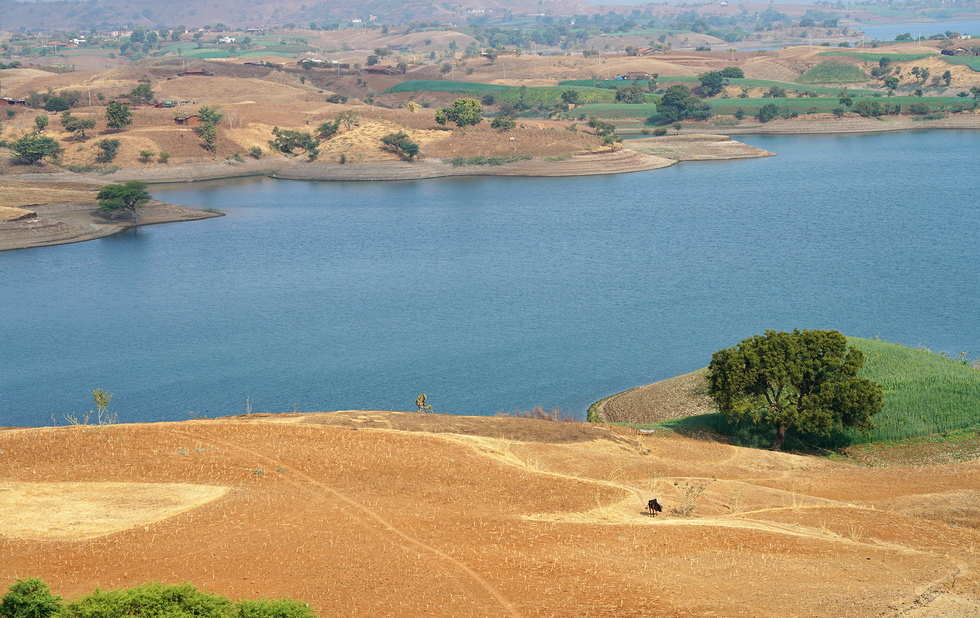About East Rajasthan Canal Project (ERCP):
- It is an ambitious project of Rajasthan State to harvest the excess water present in the rivers, especially in southern Rajasthan, and use that water for drinking and irrigation purposes in south-eastern Rajasthan, where there is scarcity.
- It envisages intra-basin transfer of water within the Chambal Basin by utilising surplus monsoon water available in Kalisindh, Parvati, Mej, and Chakan sub-basins and diverting it into water deficit sub-basins of Banas, Gambhiri, Banganga, and Parbati to provide drinking and industrial water to 13 districts of eastern Rajasthan.
- The project also envisages irrigation in about 2.82 lakh hectare area.
- The project will also supply water to the Delhi-Mumbai Industrial Corridor and take care of the flood and drought situation in the area.
Key Facts about Chambal River:
- It is a tributary of the Yamuna River in central India and thus forms part of the greater Gangetic drainage system.
- Course:
- Origin: It originates at the Singar Chouri peak on the northern slopes of the Vindhya mountains.
- The river flows north-northeast through Madhya Pradesh, running for a time through Rajasthan, then forms the boundary between Rajasthan and Madhya Pradesh before turning southeast to join the Yamuna in Uttar Pradesh.
- The basin is bounded by the Vindhyan mountain ranges and the Aravallis.
- The Hadauti plateau in Rajasthan occurs in the upper catchment of the Chambal River to the southeast of the Mewar Plains.
- It is one of the most pollution-free rivers in India.
- Tributaries: Banas, Kali Sindh, Sipra, Parbati, etc.
- Major Dams on the River: Gandhi Sagar Dam, Rana Pratap Sagar Dam, Jawahar Sagar Dam.
- The National Chambal Sanctuary is situated along the river Chambal on the tri-junction of Rajasthan, Madhya Pradesh, and Uttar Pradesh.
